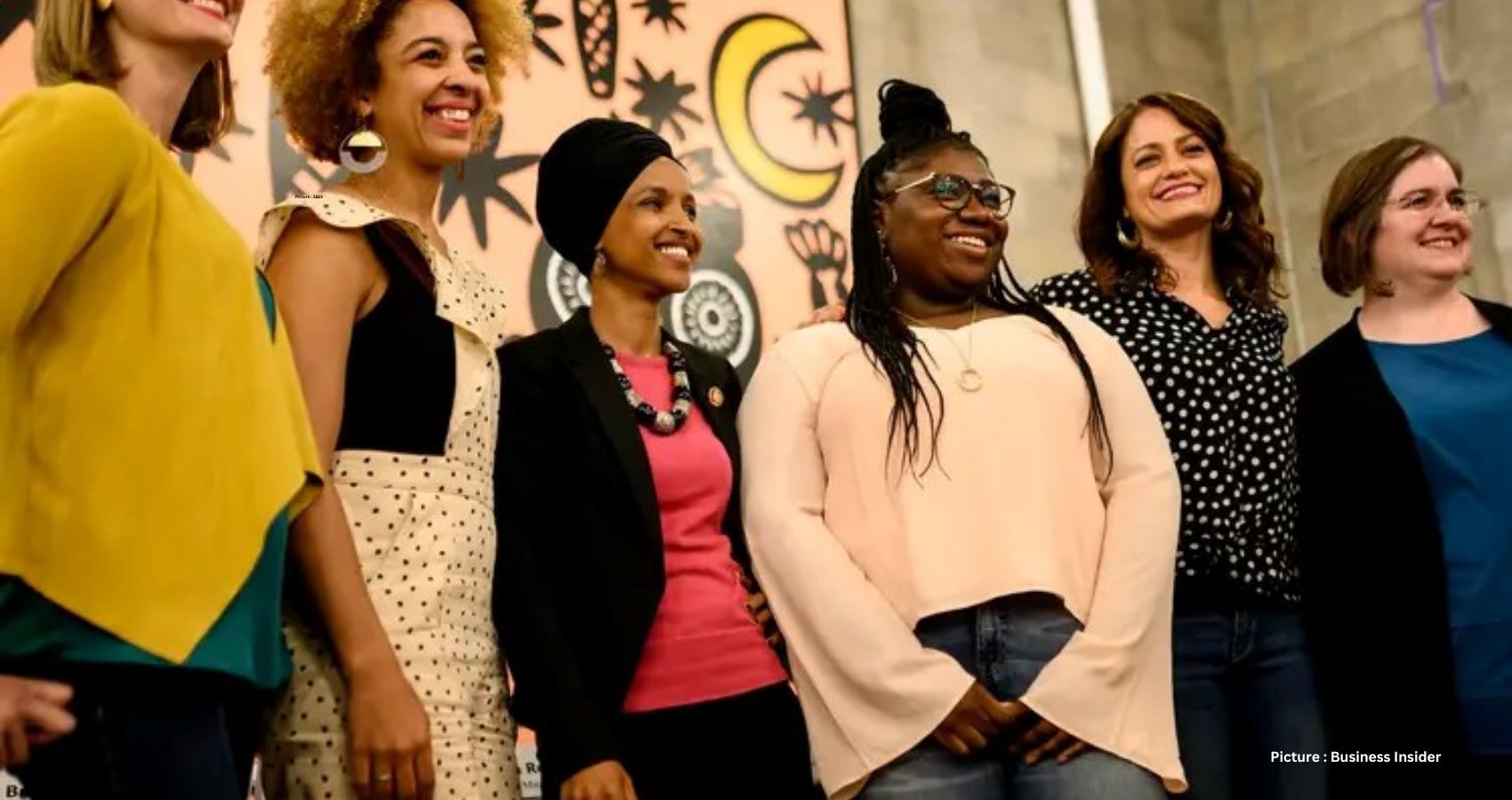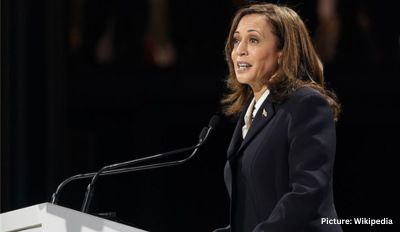Women now make up 35% of workers in the United States’ 10 highest-paying occupations – up from 13% in 1980. They have increased their presence in almost all of these occupations, which include physicians, lawyers and pharmacists.
How we did this
 Still, women remain the minority in nine of the 10 highest-paying occupations. The exception is pharmacists, 61% of whom are women. More broadly, the share of women across all 10 of these occupations (35%) remains well below their share of the overall U.S. workforce (47%).
Still, women remain the minority in nine of the 10 highest-paying occupations. The exception is pharmacists, 61% of whom are women. More broadly, the share of women across all 10 of these occupations (35%) remains well below their share of the overall U.S. workforce (47%).
Workers in the 10 highest-paying occupations typically earn more than $100,000 a year, over twice the national average of $41,000.
Where women have made the most – and least – progress
Women’s presence has changed more noticeably in some of these occupations than in others. Since 1980, the share of women dentists has more than quadrupled (from 7% to 33%), while the share of women physicians has roughly tripled (from 13% to 38%). The share of lawyers who are women has risen from 14% to 40%.
The shares of women working in high-paying engineering fields have increased by smaller margins since 1980: Women make up less than 10% of sales engineers and petroleum, mining and geological engineers.
Additionally, only 7% of airplane pilots and navigators are women, against 2% in 1980.
Women have gained ground in completion of advanced degrees
S ome of these high-paying occupations – including physicians, lawyers, dentists and pharmacists – require specialized graduate degrees. One way that women have increased their presence in high-paying occupations is by increasingly earning degrees that are required for these jobs.
ome of these high-paying occupations – including physicians, lawyers, dentists and pharmacists – require specialized graduate degrees. One way that women have increased their presence in high-paying occupations is by increasingly earning degrees that are required for these jobs.
Women now make up about half of those receiving the following advanced degrees:
Juris Doctor (J.D.): 52% of recipients today are women, versus 30% in 1980
Doctor of Dental Surgery or Doctor of Dental Medicine (D.D.S. or D.M.D.): 51% of recipients are women, versus 13% in 1980
Doctor of Medicine (M.D.): 50% of recipients are women, versus 23% in 1980
 Women now also earn 63% of Doctor of Pharmacy (Pharm.D.) degrees – similar to their share of workers in the pharmacist occupation (61%). Pharmacists are also the only occupation in the top 10 where women make up the majority. This could be because the field offers flexible work hours, a collaborative environment and family-friendly policies, according to economic research.
Women now also earn 63% of Doctor of Pharmacy (Pharm.D.) degrees – similar to their share of workers in the pharmacist occupation (61%). Pharmacists are also the only occupation in the top 10 where women make up the majority. This could be because the field offers flexible work hours, a collaborative environment and family-friendly policies, according to economic research.
However, women remain in the minority among those receiving certain bachelor’s degrees required for some high-paying occupations:
 Mathematics or statistics: 42% of recipients today are women, unchanged from 1980
Mathematics or statistics: 42% of recipients today are women, unchanged from 1980
Physics: 25% of recipients are women, versus 13% in 1980
Engineering: 23% of recipients are women, versus 9% in 1980
Outside of undergraduate major selection, there are other reasons women may experience barriers to entering high-paying occupations, even as they achieve parity in many advanced degree programs. Gender differences in household and parenting responsibilities may play a role, as could gender discrimination.










